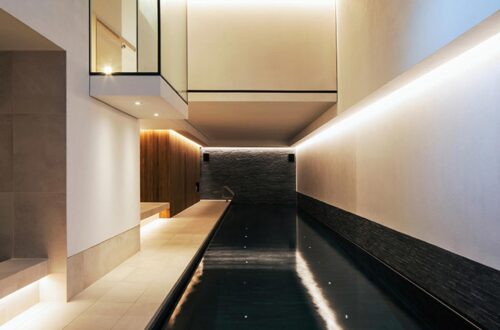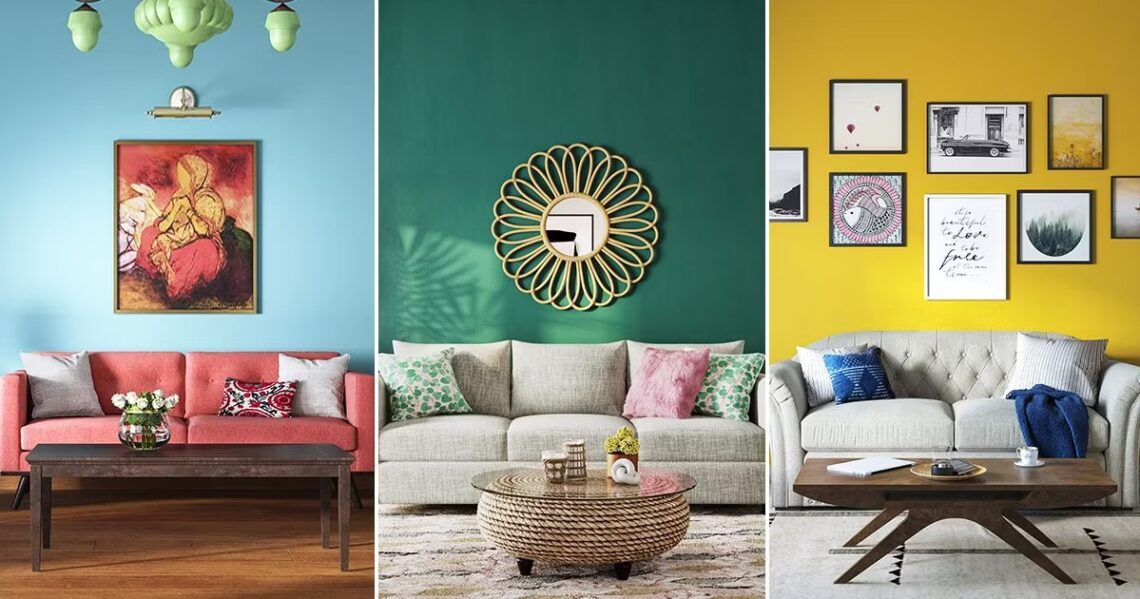
The Evolution of Interior Design
Interior design as we know it consists of all elements and things that make up an interior space. It is defined as the art and science of enhancing the interior of a space in order to create a polished and more aesthetically pleasing environment. When you think of the term “interior design,” it is unlikely that you would associate it with a mud hut. And yet, this practice roots back to the clay-like structures built by the Ancient Egyptians, otherwise known as mud huts. In this article, you will uncover the origins of interior design, understand its evolution throughout history and how each and every design style has impacted its society at the time.
Ancient India
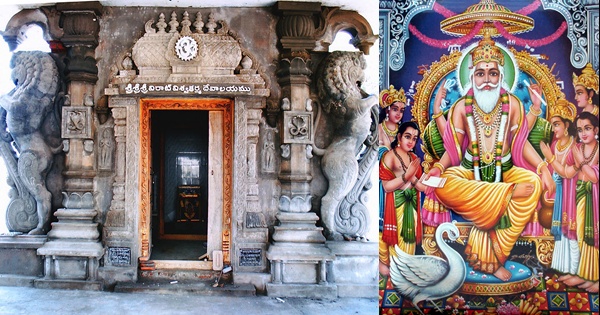
Going as far back as ancient India, architects have demonstrated their versatile expertise by assuming the role of interior designers, skillfully bringing their complete vision to life. This practice can be traced back to the references of renowned architect Vishwakarma, a prominent deity in Indian mythology. Sculptures depicting ancient texts and historical events adorned the palaces built during the 17th century in India, showcasing the seamless integration of architectural and interior design elements by these talented professionals.
Ancient Egyptians

Throughout ancient Egypt, families added functional furniture in order to enhance living spaces, which they covered in animal skins or other textiles. The rise of royal families also saw for the first time people living in structures beside mud huts, in which boasted murals portraying ancient Egyptian history and beliefs – which were deciphered by archaeologists. Furthermore, they had basic furnishings and decorative objects like vases and sculptures, as well as updates on ventilation, porticoes, columns, and windows. Over time, ancient Egyptian families also popularised the usage of pottery such as painted vases and sculptures.
China and Japan
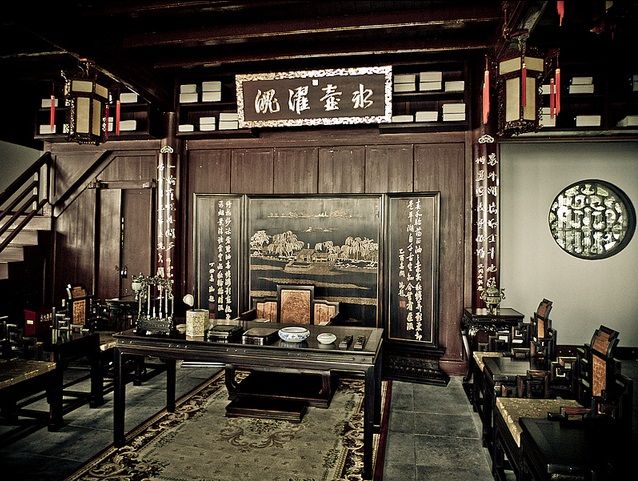
China and Japan have long since influenced interior design with their distinct styles and philosophies. Ancient Chinese design is known for its opulence, bold colours, their connections to nature, as well as the principles of Feng Shui – which emphasises the harmonious arrangement of space to promote positive energy flow. The wide usage of silk is also a prominent aspect of Chinese interiors as well as the wide range of ceramics used as both decorative and household objects. In contrast, Japanese design embraces simplicity, natural elements, and a Zen-inspired minimalist approach. Traditional Japanese interiors often feature sliding doors (fusuma), tatami mat flooring and the use of natural materials like wood and stone. Both countries’ love for nature-inspired motifs and artistic craftsmanship has left a lasting impact on interior design, with cross-cultural influences evident in traditional spaces and contemporary trends worldwide.
Greeks and Romans
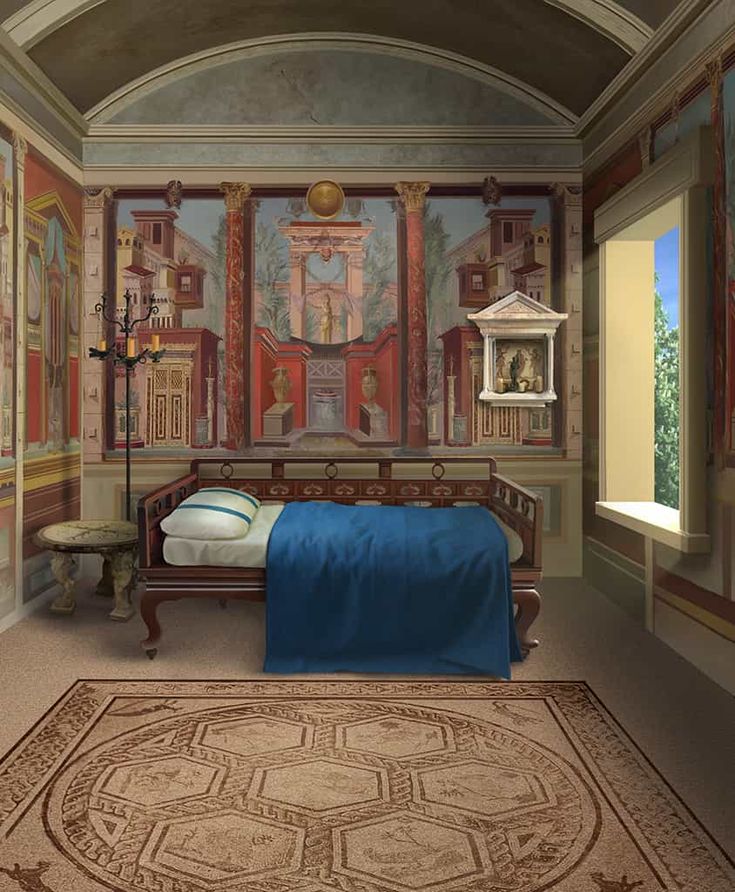
Inspired by Egyptian concepts of décor, both the Roman and Greek civilisations utilised mosaics, wall painting, and vases. The Romans focused on beauty and comfort, as a way to showcase their wealth and status. They made furniture from a variety of wood, stones and metals. Consistent with their emphasis on luxury and aesthetics, furnishings included comfortable and fashionable cushions as well as the previously mentioned wall paintings which displayed decorative designs. In contrast, Greeks focused on the decoration of intricately crafted furniture designs. Previous metals and ivory were used to create elegant furniture, and both civilisations also invented domed-roof buildings. Lastly, iconic and statement-making pillars and columns were key motifs during this era and the Greeks and Romans also created standard rules and procedures for building construction.
Medieval Europe
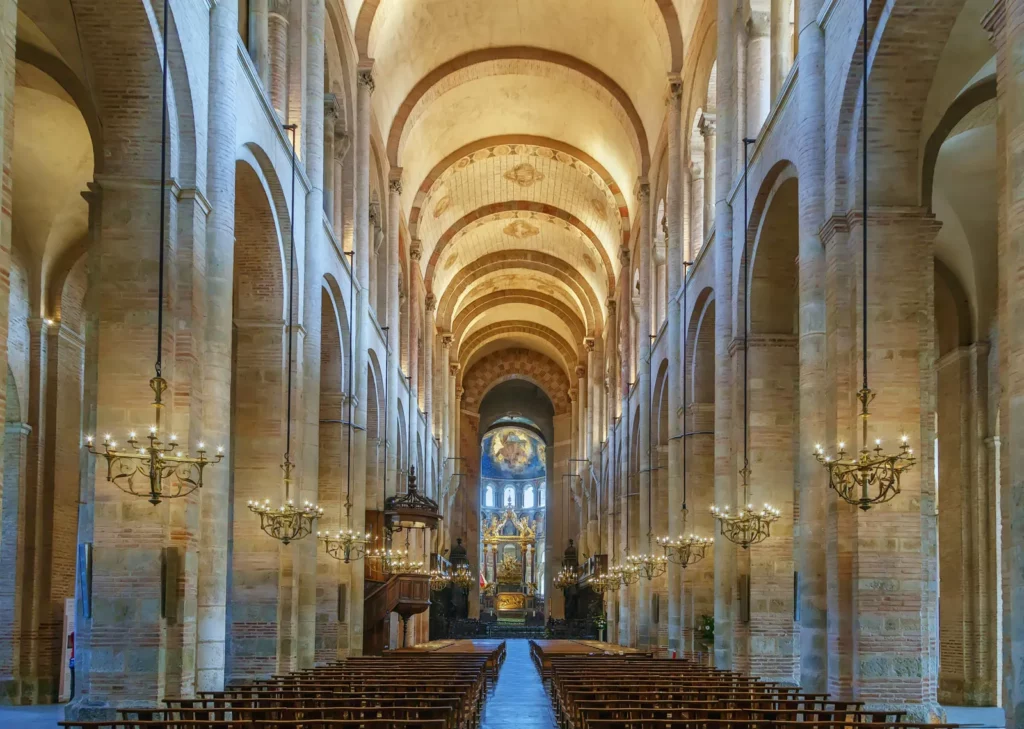
Medieval Europe serves as a crucial stage in the evolution of interior design and the historical timeline. By the 9th century, the Romanesque style was well established in northern Europe and made better use of the semicircular arch and vaulting than the Imperial Roman style. Later into the period, large houses called castles became the dominant architectural form of the time, serving as both a fortified residence and a symbol of power and wealth. Castle interiors featured thick stone walls, high ceilings, and narrow windows to provide protection and accommodate large tapestries and paintings depicting religious and heroic scenes. Other key factors that contributed to the development of mediaeval interior design includes the influence of churches and cathedrals, heraldic symbols, ornate furnishings and rich textiles. All of these laid the foundation for the development of various design elements that continue to influence architecture and interior design to this day.
Gothic

The high and late middle ages witnessed Romanesque architecture evolve into what is now known as Gothic in style. In response to the dark ages, decorative ornamentation and bold colours once again became an important interior design feature. First starting in the 12th century in France, the design is known for its ribbed vaults, pointed arches and flying buttresses. Two distinctive characteristics of the Gothic style that continued to shape modern interior design are the incorporation of numerous windows to create brighter living spaces and the prevalence of open floor plans. Lastly, reflecting the strong religious dedication of European countries, the Gothic style finds its most revered expressions in churches, cathedrals, and abbeys.
Renaissance
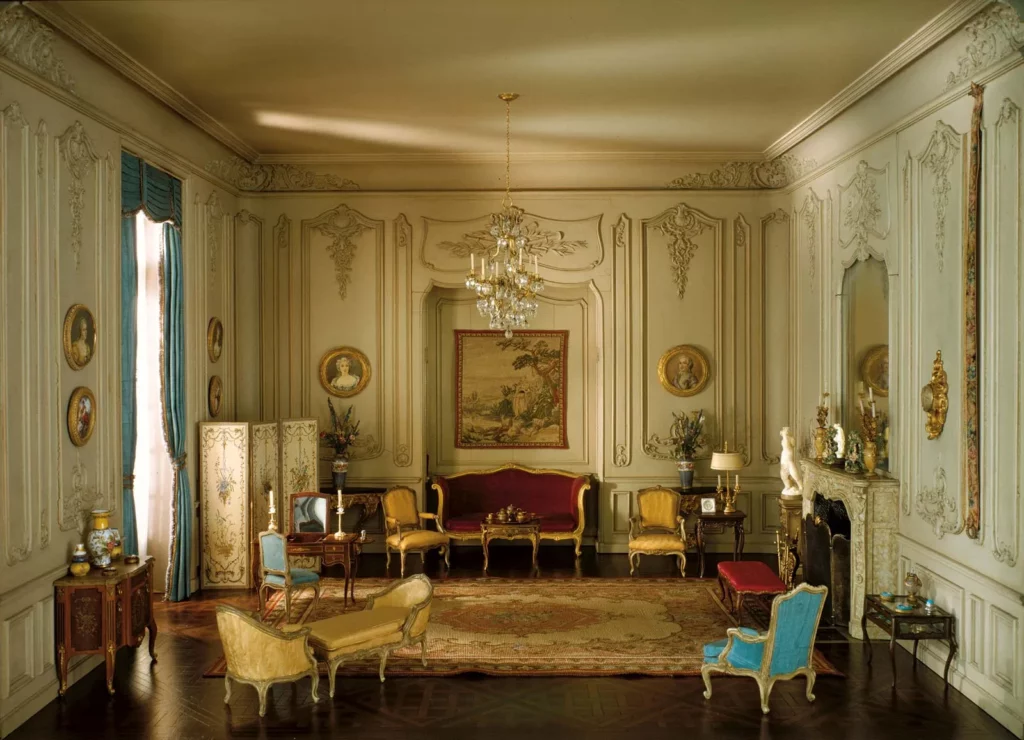
The Renaissance is widely known as the sacred “rebirth” of ancient art, architecture, literature, science, music and interior design. This style first originated in Tuscany and Florence, Italy, where the design influences of the Middle Ages, seen by pointed arches and markedly delineated lines in design, were softened into rounded arches and hearty columns. The beauty of interior design was a major trademark during the Renaissance period with lavish furnishings, art caught in vibrant hues, luxurious textiles like silk and velvet, along with marble surfaces. Overall, the Renaissance period brought a newfound appreciation for aesthetics, individual expression, and the integration of art and design. These principles laid the foundation for the further evolution of interior design, influencing styles and trends that continue to inspire modern designers to this day.
Baroque
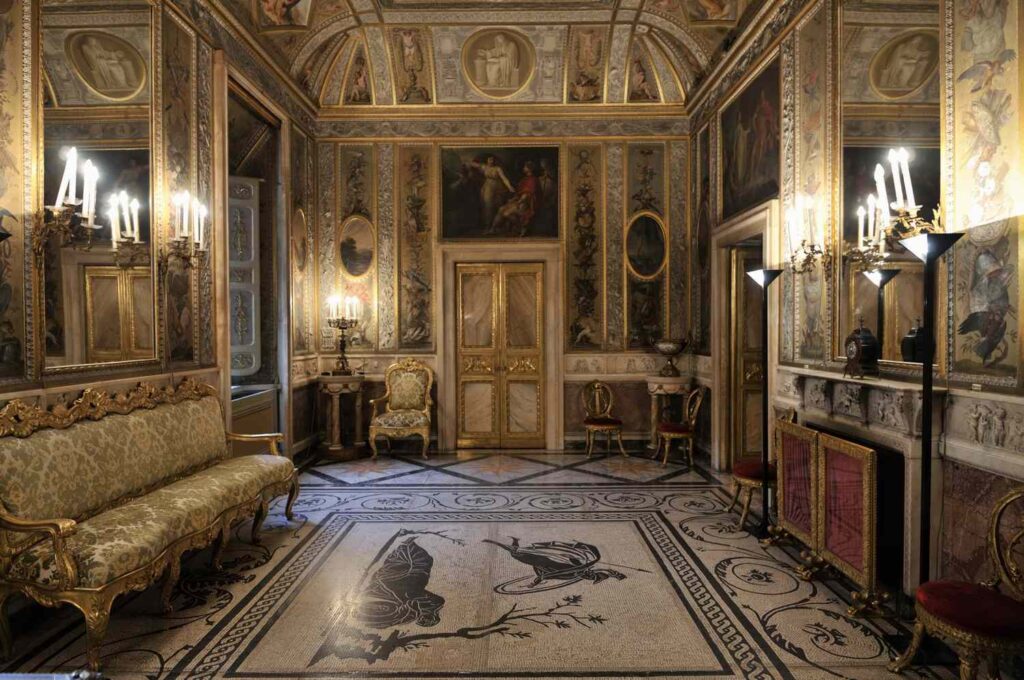
The Baroque period emerged in the 17th-century and is known for its dramatic and grandiose style. The term means “irregular” and was initially a product of the Catholic Counter-Reformation. Spaces were designed to impress and awe visitors, featuring elaborate ornamentation, marquetry furniture, massive, bold, rich velvet lambrequin and intricate detailing. Powerful monarchies utilised the approach to demonstrate power, pageantry and strength, thus setting a new standard for interior design aesthetics through this emphasis on opulence and extravagance. Altogether, the Baroque era brought a heightened sense of drama, grandeur and emotional impact to interior design. And its influence can still be seen in various aspects of modern interior design, particularly in spaces that seek to create a sense of awe and luxury.
Neoclassical
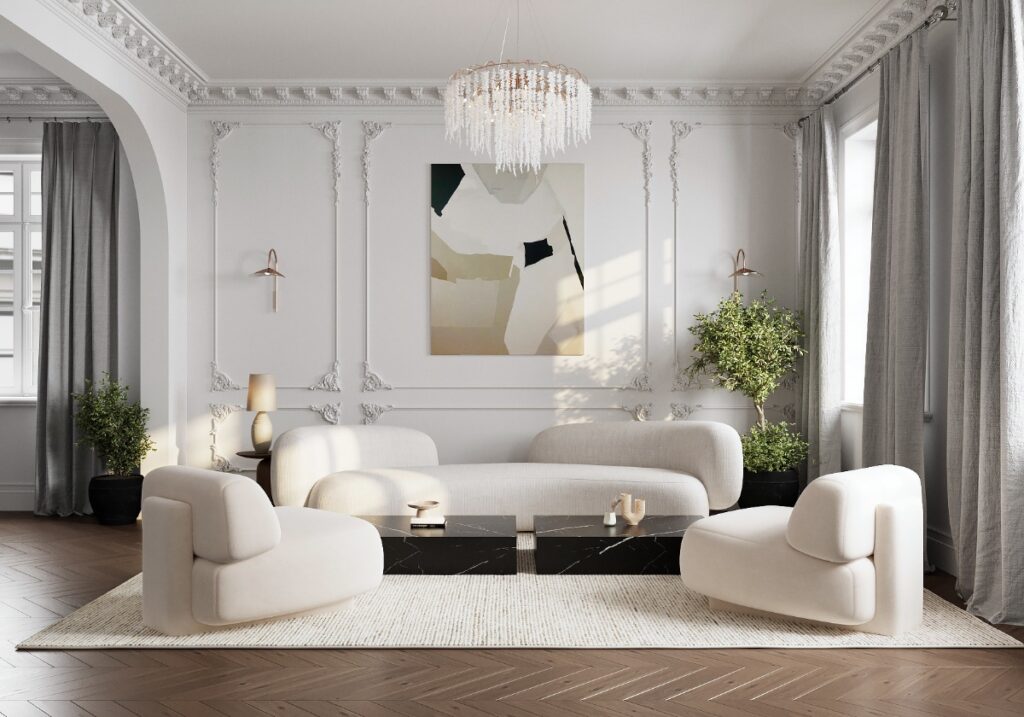
The neoclassical style originated from inspirations of ancient Greek and Roman cultures much like the Renaissance period, and saw furnishings relying heavily on the use of bronze and gold metals, as well as featuring silk, velvet and satin. It rejected the design elements of the Baroque and Rococo styles, in favour of cline lines, symmetry and proportion, and transformed design by bringing back the timeless beauty of classical antiquity which promoted a sense of order, simplicity and grace. The Neoclassical style made significant contributions to the evolution of interior design by drawing inspiration from classical antiquity and ushering in a new era of elegance, balance, and sophistication. Its influence can be seen in the enduring popularity of classical architectural elements and the timeless elegance of Neoclassical-inspired interiors to this day.
Art Nouveau
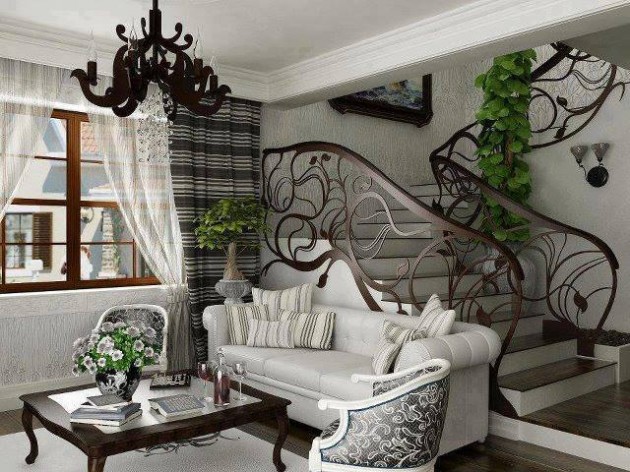
The Art Nouveau style – popular in the short span of the 19th and early 20th centuries – made significant contributions to the evolution of interior design by introducing a fresh and innovative approach that emphasised natural forms and craftsmanship. The enthusiasm behind this movement was incorporating organic motifs into interior design, through natural silhouettes derived by botanical elements that lent the era its signature curved lines and organic shapes. The style also led to the creation of Tiffany lamps and the overall adoption of stained glass. Furthermore, the world-famous Eiffel Tower is also symbolic of the artistic design of this period. All in all, the Art Nouveau style brought a fresh, imaginative and nature-inspired approach to interior design. Its emphasis on artistic collaboration, craftsmanship, and a holistic design concept helped shape a new era of interiors that embraced innovation, individuality, and the celebration of nature’s beauty.
Art Deco

Emerging after the first World War, Art Deco was a style born into the roar of the 1920s. Wealth in the U.S. doubled between the years of 1920-1929 along with the rise of wall street, and brought with it an attitude of new opulence, extravagance and indulgence. The famous novel of F. Scott Fitzgerald, “The Great Gatsby,” strictly highlights this decade. Art Deco embraced a sleek and geometric design language, moving away from the organic forms of the previous Art Nouveau style. This shift marked a departure from the past and introduced a new sense of streamlined elegance to interior design. A key contribution of Art Deco to interior design was its focus on modern materials and technology. The style incorporated materials such as chrome, glass, and stainless steel, celebrating the industrial and technological advancements of the time. These materials were often used in furniture, lighting fixtures, and decorative elements, giving spaces a sense of modernity and sophistication. They lend any room an elegant and luxurious feel, and they can be used everywhere. Overall, Art Deco introduced a modern, glamorous and luxurious aesthetic that celebrated the advancements of the time. Its bold use of geometric patterns, modern materials, and opulent finishes continue to inspire designers and enthusiasts, making Art Deco a timeless and iconic style in the history and evolution of interior design.
Bauhaus
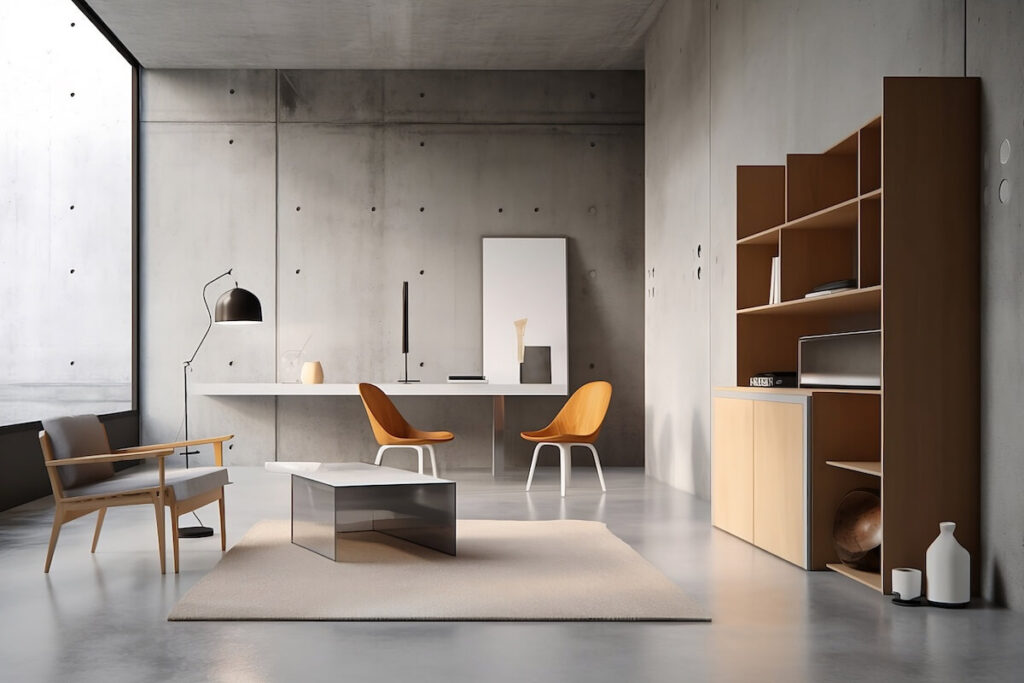
This style mainly stemmed from what its name suggests – the Bauhaus school of art and design in Weimar, Germany. It was founded by architect Walter Gropius in 1919, and the school sought to unite fine arts and functional design, with a focus on simplicity, efficiency and the elimination of ornamentation. The school’s ideas and principles had a lasting impact on interior design and the movement quickly produced some of the most influential architects, sculptors, graphic designers, furniture markers and design mavericks of the mid to late 20th century. Although the Bauhaus school was shut down by the Nazis in 1933, its emphasis on functionality, minimalism, and the unity of art and technology laid the groundwork for modern interior design practices that continue to influence the field to this day. The Bauhaus style remains a timeless and enduring testament to the power of innovative design and its ability to shape the way we live and experience our surroundings.
Contemporary
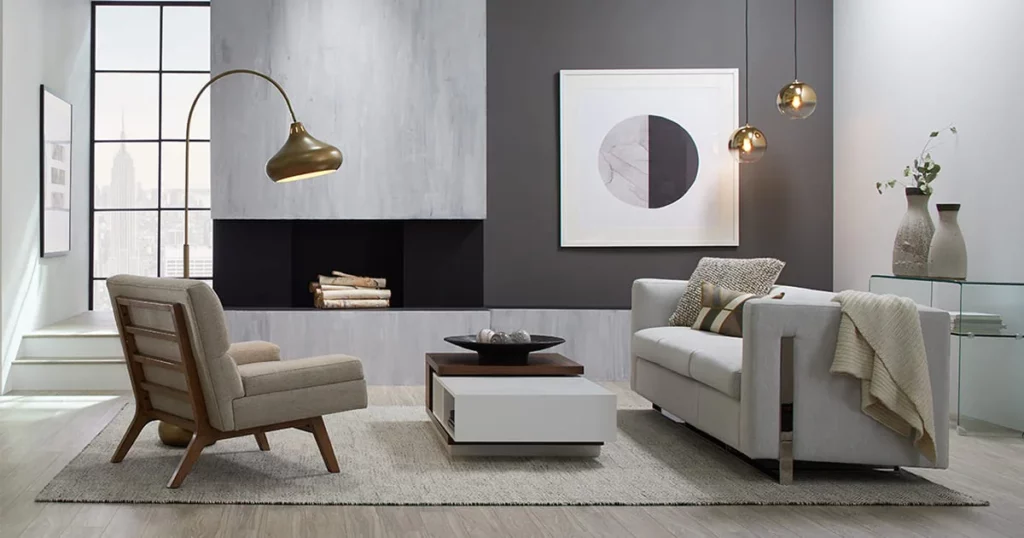
The contemporary style of interior design embraces the spirit of the present and is continuously adapting to the changing needs and preferences of modern life. At its core, this design style is known for its simplicity, clean lines and a focus on functionality. It emerged as a response to the complexities of the late 20th century, seeking to create uncluttered and streamlined interiors that cater to the fast-paced and dynamic lifestyle of today. One of the most significant ways contemporary design has contributed to interior evolution is through its integration of technology. As technology has become an integral part of modern living, contemporary interiors are designed to accommodate the latest gadgets and devices. Smart home systems, integrated lighting, and high-tech appliances are seamlessly incorporated into contemporary spaces, making them efficient and user-friendly. All in all, the contemporary style has played a crucial role in the evolution of interior design by responding to the demands of our modern society, integrating technology, and creating spaces that reflect the essence of the contemporary era.
Conclusion
In conclusion, the evolution of each interior design style has been intricately shaped by the complex societies of their respective eras. Influences such as politics, warfare, economic conditions, technological advancements, architectural developments, and even climate change have all played significant roles in shaping designs that accurately depicted the artistic passions and practical needs of both the artists and the general public. Interior design, in its entirety, extends far beyond the physical elements that compose our living spaces. Often, it carries cultural, historical, and emotional significance for both the individuals who inhabit the spaces and the wider society. Each style reflects the essence of its time, and together, they form a rich tapestry of human creativity, reflecting the ever-changing nature of our world.
Bibliography
- Friedmann, Arnold, and George Savage. “Interior Design – Origins of Interior Design.” Encyclopedia Britannica, 18 July 2023, www.britannica.com/art/interior-design/Origins-of-interior-design
- “Interior Design History and Origins Explained.” Décor Aid, www.decoraid.com/blog/interior-design-history/#:~:text=The%20practice%20 of%20 interior%20design
- Nast, Condé. “Bauhaus Interior Design: Everything You Need to Know about the Geometry-Minded Style.” Architectural Digest, 1 Mar. 2023, www.architecturaldigest.com/story/bauhaus-style-101
- Writers, Staff. “A Brief History of Interior Design Styles | the Art Career Project.” The Art Career Project, 25 July 2019, https://theartcareerproject.com/interior-design-styles/




